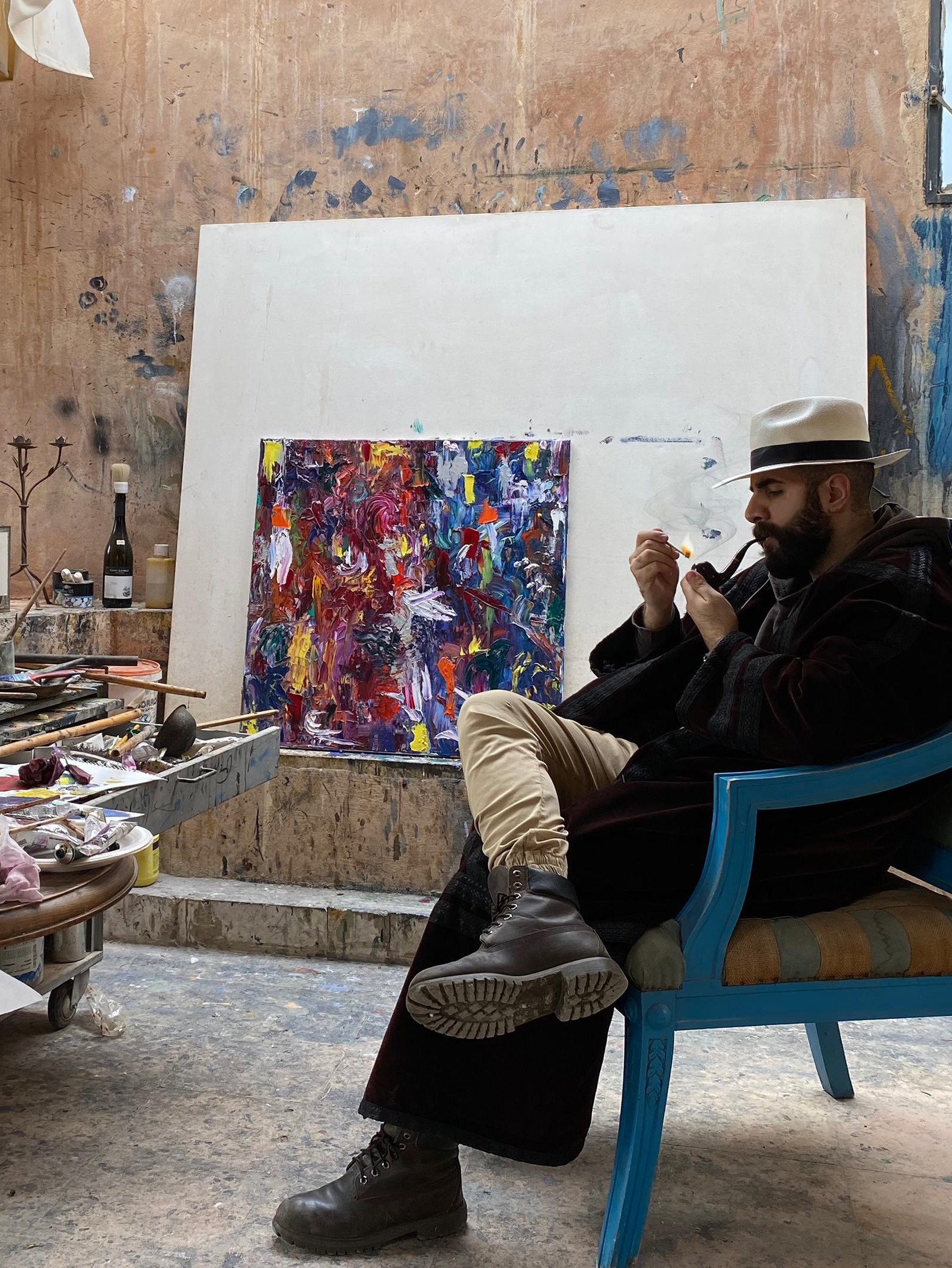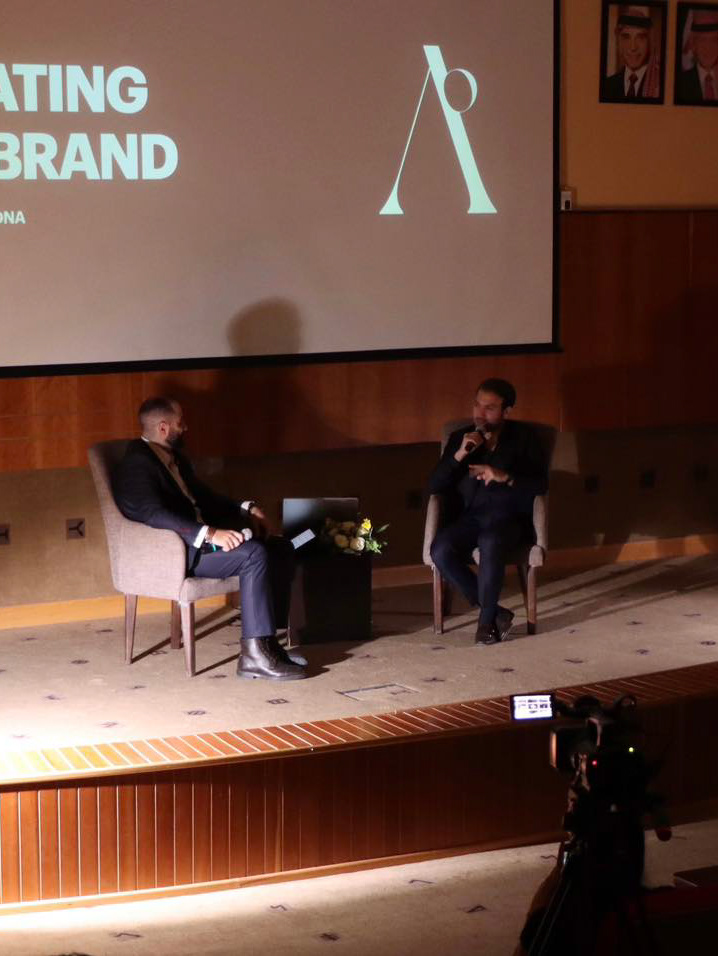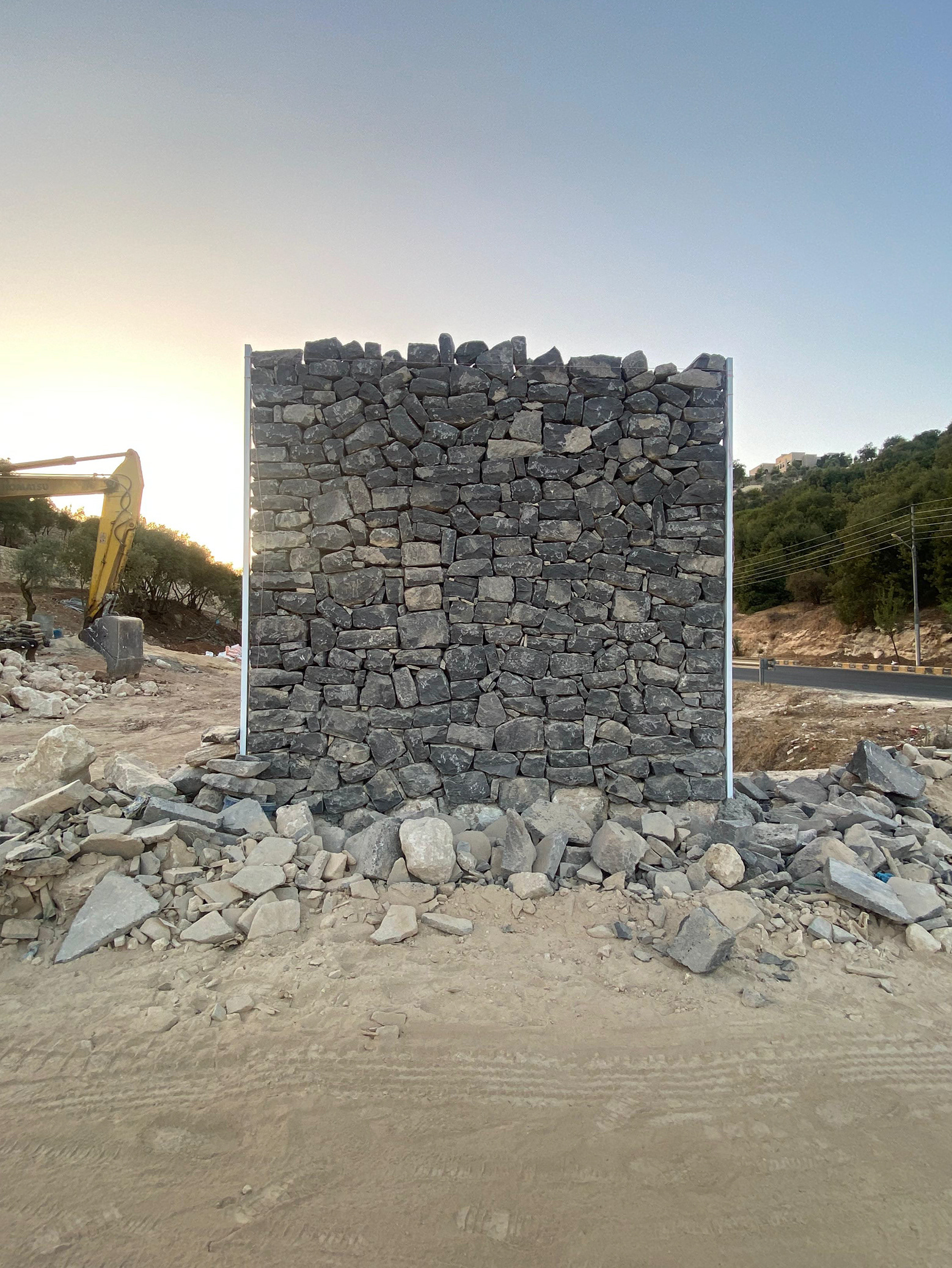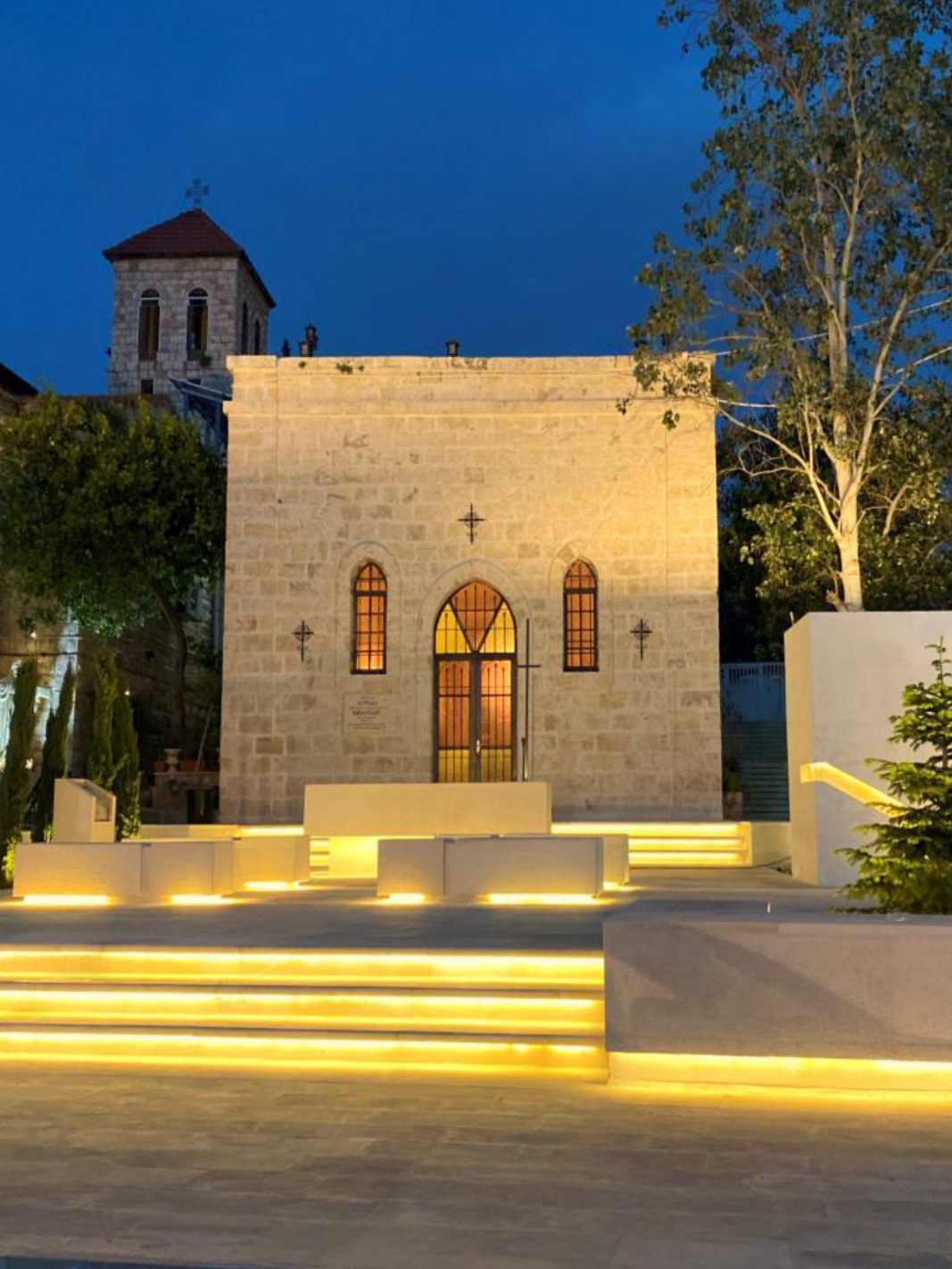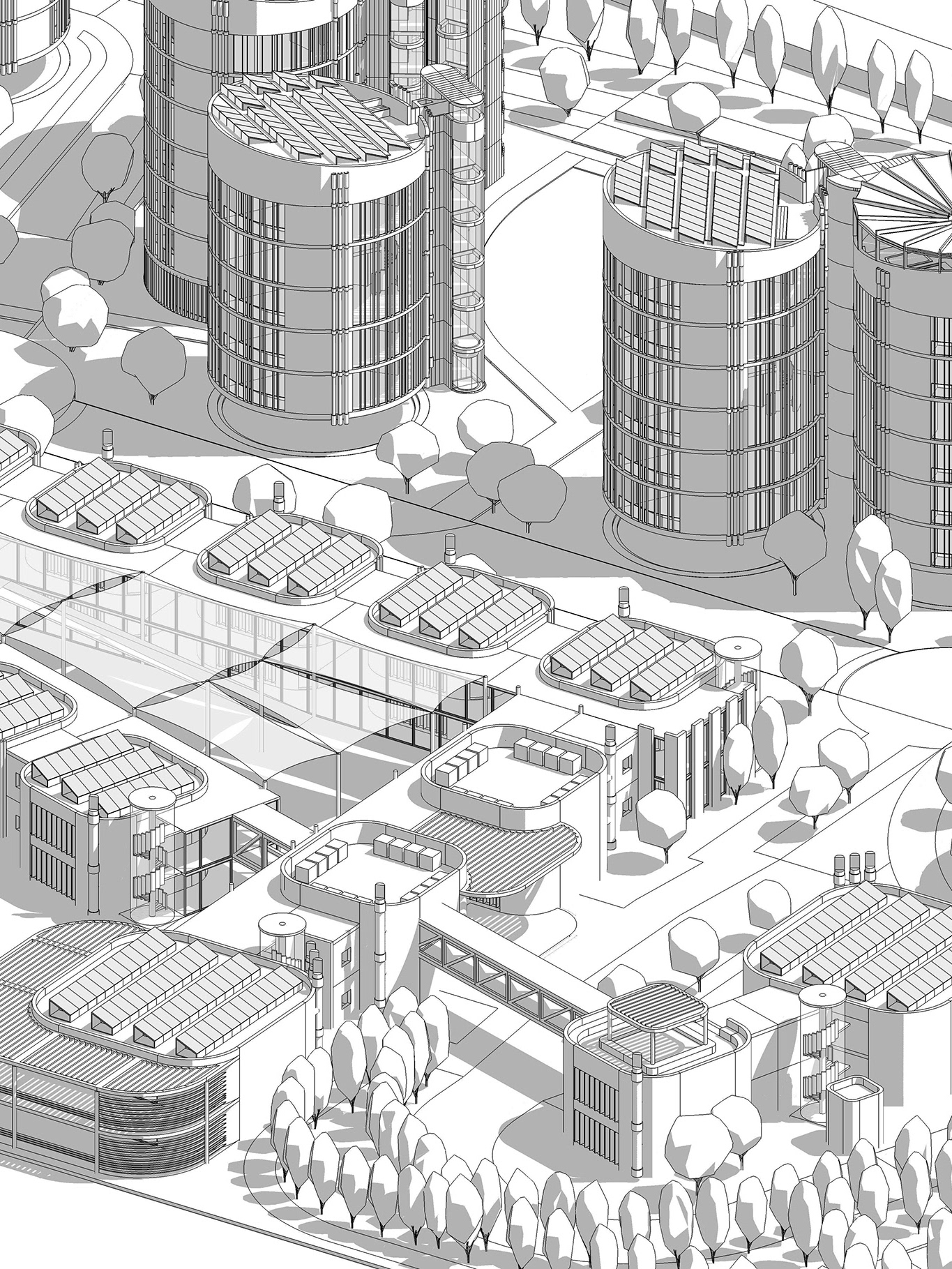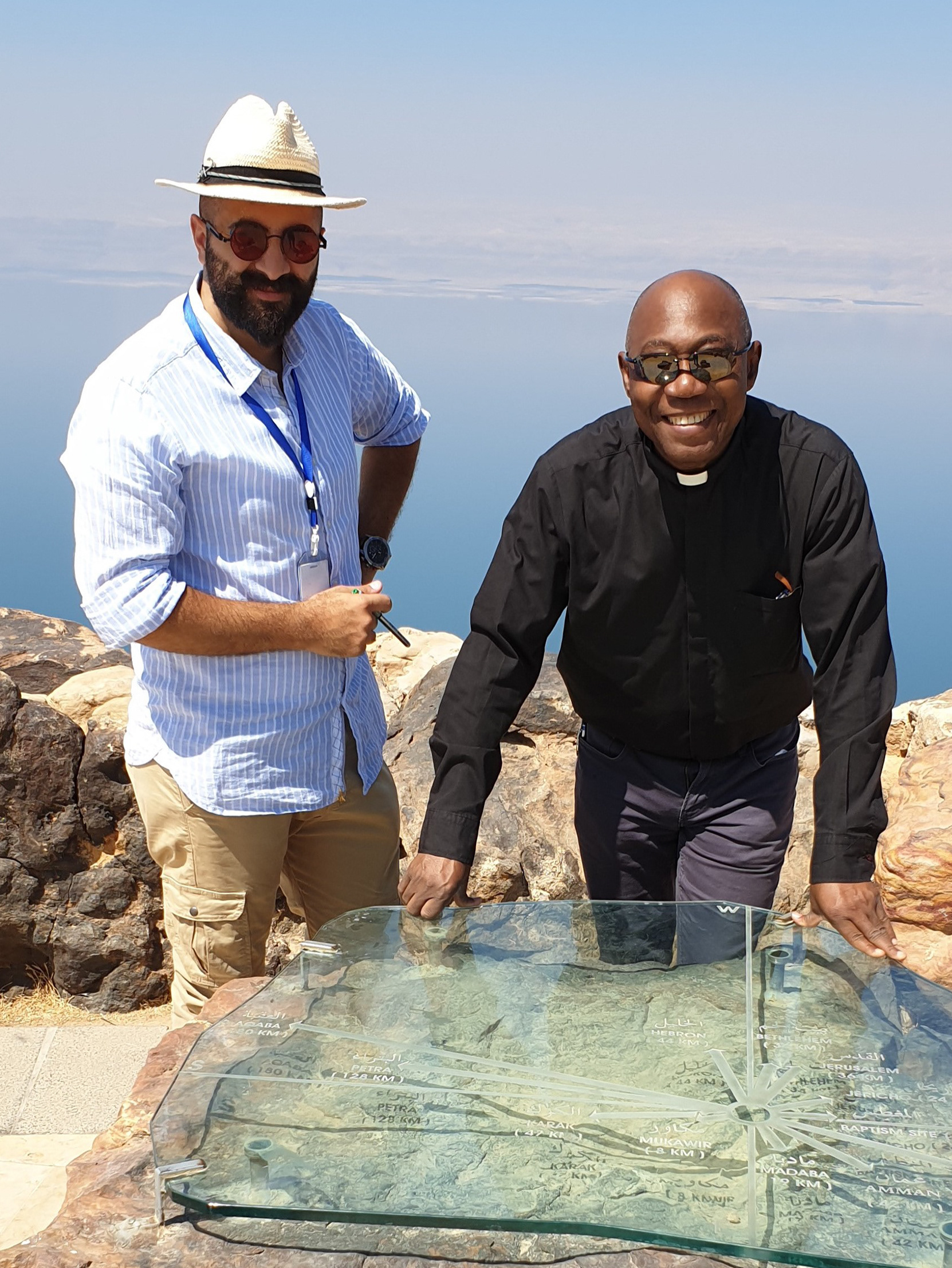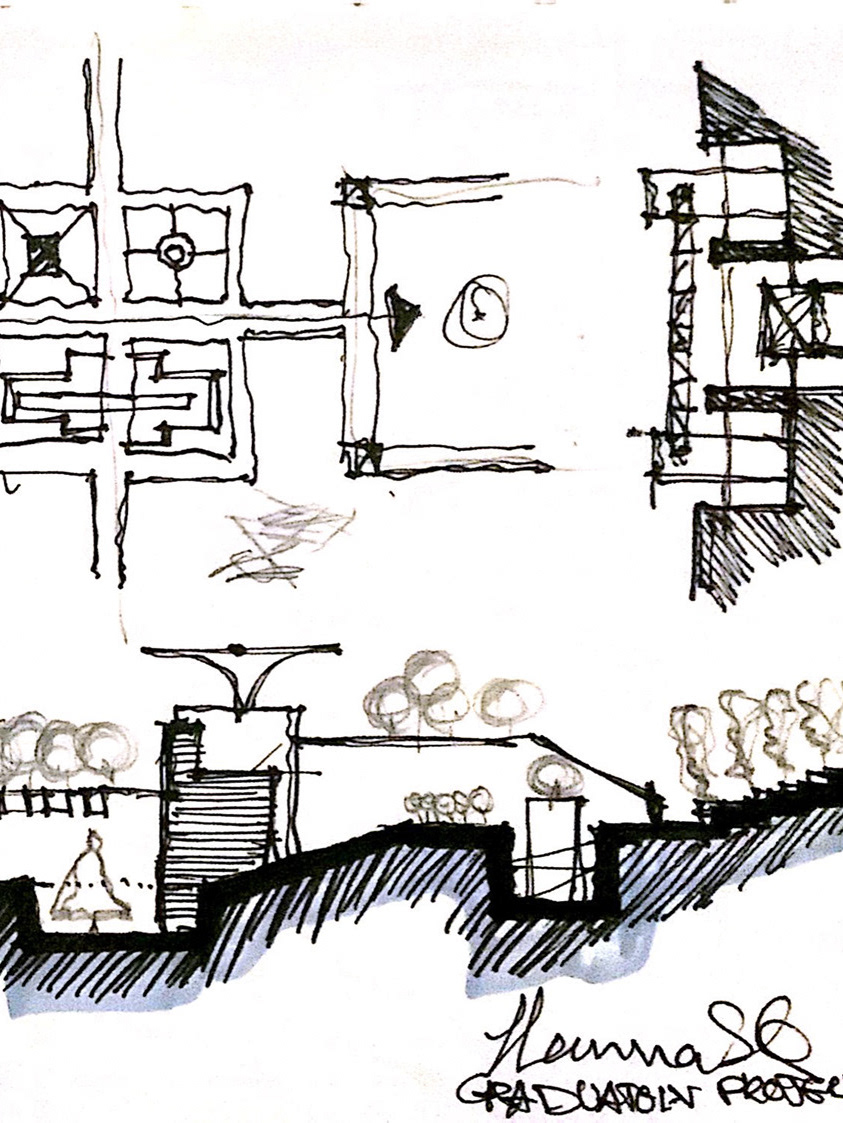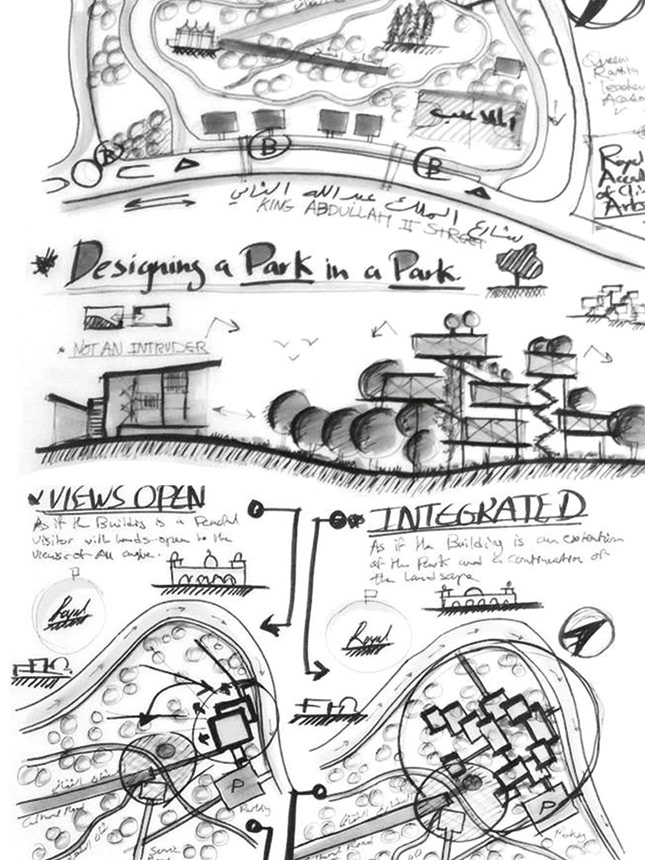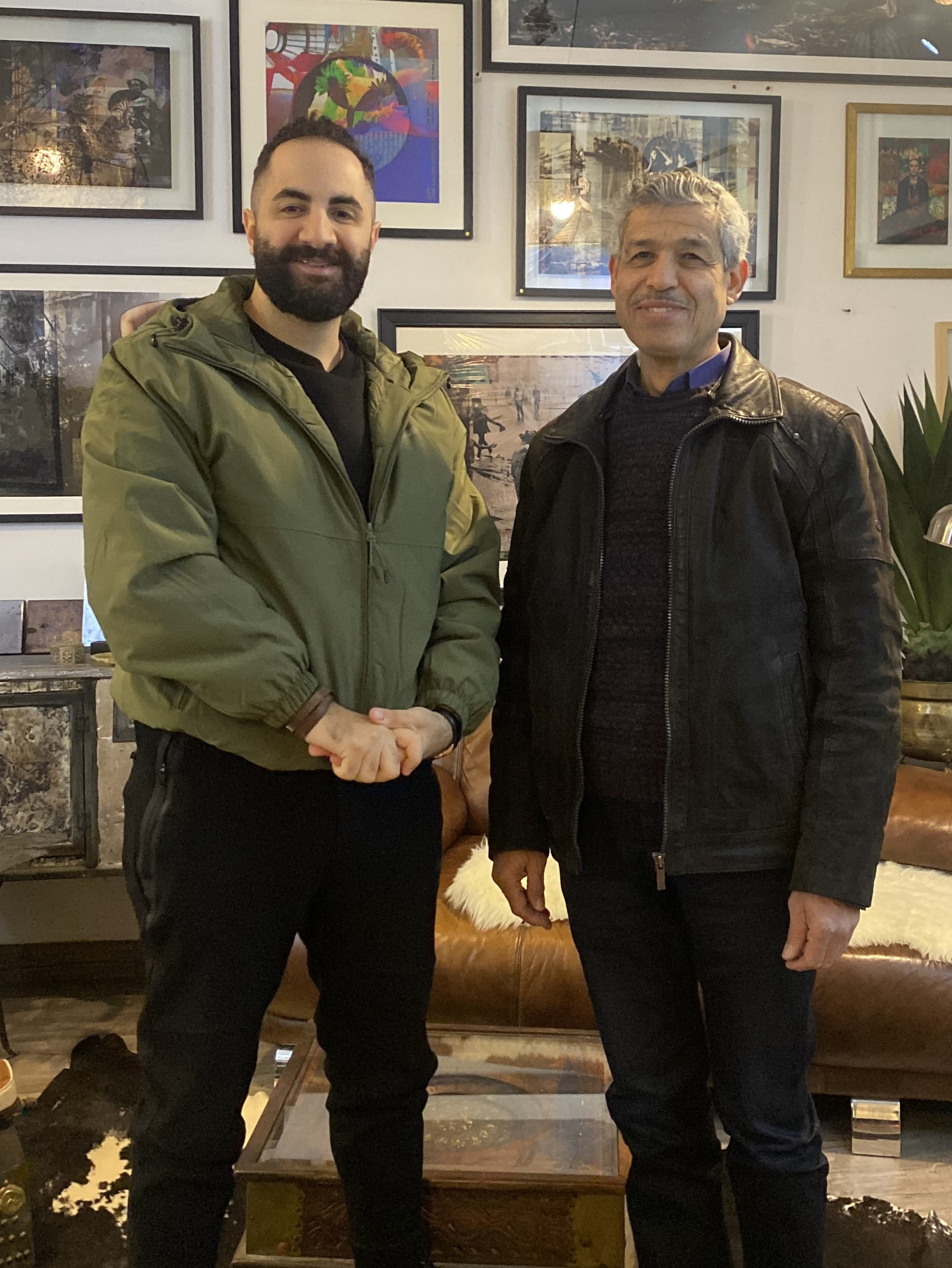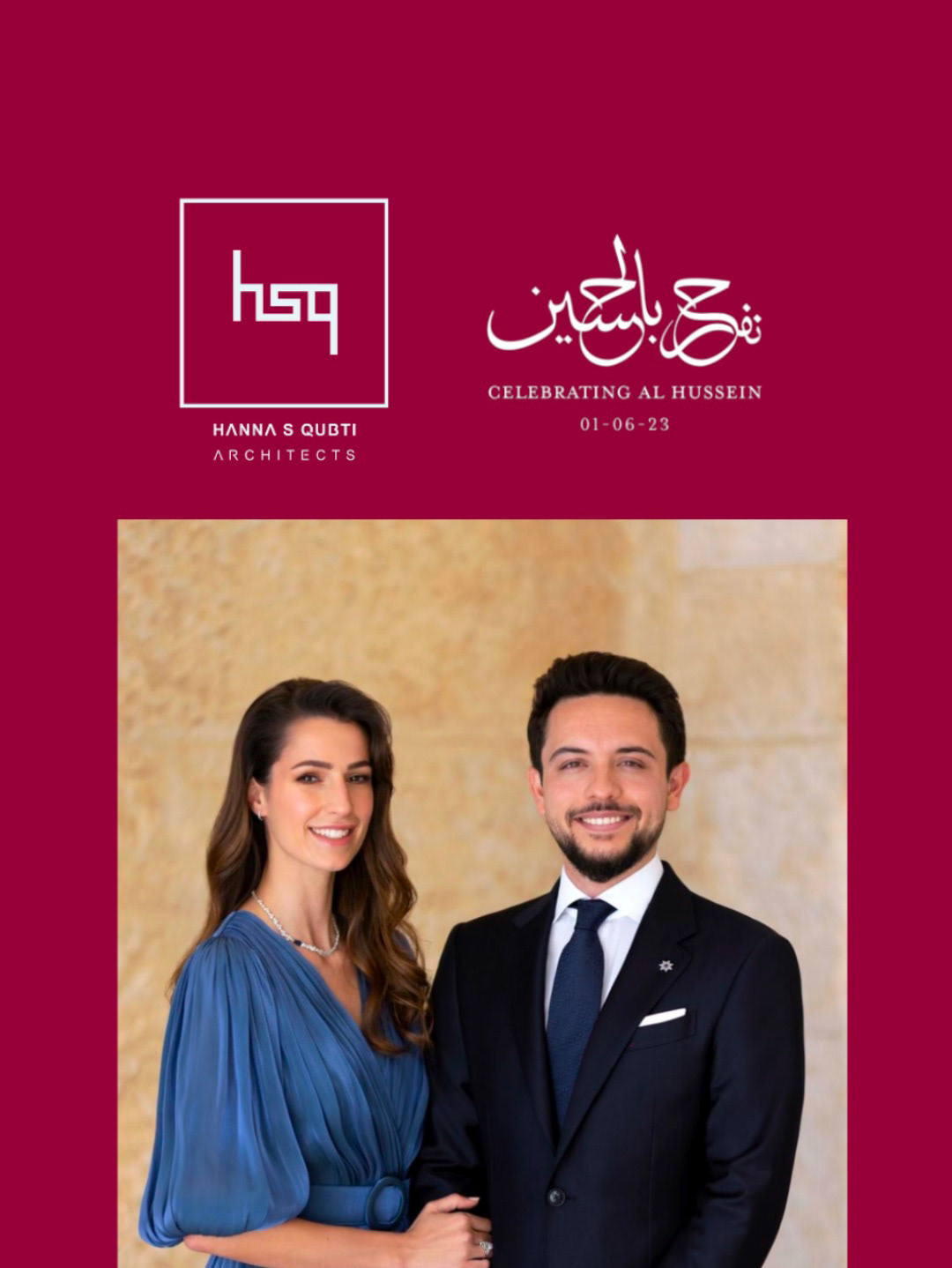Arch. HANNA S QUBTI'S Master Dissertation
"Rethinking Highrise Architecture in the Context of Amman, Jordan:
An analysis on how to tackle skyscraper design in Amman, Jordan"
Supervisor: JOHN RAMSAY, PhD.
An analysis on how to tackle skyscraper design in Amman, Jordan"
Supervisor: JOHN RAMSAY, PhD.
ABSTRACT
Amman, a city of 5 million inhabitants, with its hilly topographical nature, is currently experiencing a transformative phase with high-density urban development projects that were introduced and authorized by governmental masterplanning. Most of these structures are alien to the existing urban fabric and are scattered in a manner that does not reflect any genuine urban planning rationale. Moreover, mega-scale “urban regeneration” projects such as Al-Abdlai, have imposed themselves on the city in a very radical and seemingly undemocratic way, presenting imported architectural languages that are unorthodox for the setting of Amman which led to creating a controversial juxtaposition with its immediate built environment unlike any other in the city.
The purpose of this paper is to conduct a full assessment of the current high-rise situation by means of literature-context review, public surveying and expert interviews, constructing observations and documentation based on the outputs generated. This research continues to explore the topic in three defined dimensions: urban planning, architectural design and socio-economic theories. Furthermore, the paper discusses options for recent sustainable and technological solutions that are applicable in the city. It also identifies the benefits and negative impacts as well as challenges and opportunities of constructing tall in Amman. In addition, this study refers to selected regional case studies that provide clues on how to answer the principal question asked in this study. Ultimately, the findings are presented in the form of guidelines and creative solutions on how to tackle tall building planning and design in the context of Amman, as well as recommendations for future research.
The purpose of this paper is to conduct a full assessment of the current high-rise situation by means of literature-context review, public surveying and expert interviews, constructing observations and documentation based on the outputs generated. This research continues to explore the topic in three defined dimensions: urban planning, architectural design and socio-economic theories. Furthermore, the paper discusses options for recent sustainable and technological solutions that are applicable in the city. It also identifies the benefits and negative impacts as well as challenges and opportunities of constructing tall in Amman. In addition, this study refers to selected regional case studies that provide clues on how to answer the principal question asked in this study. Ultimately, the findings are presented in the form of guidelines and creative solutions on how to tackle tall building planning and design in the context of Amman, as well as recommendations for future research.
Key words: Amman, High-rise, Masterplan, Urban Planning, Design, Technology, Sustainability.
The following Diagrams were composed by Qubti as part of his dissertation research efforts.
Timeline of High-rise Buildings in Amman, Jordan.
(1960s - 2010s)
(1960s - 2010s)
Top 12 Tallest Buildings in Amman, Jordan.
(1960s - 2010s)
(1960s - 2010s)
Physical Models - scale 1:200 - Installation at AUMFAD with the aid of AUM Modelling Workshop students.
A Feature by Amman's Vision for Investment and Development.
A simplified version of the Master’s dissertation diagram in Arabic was featured by Amman’s Vision for Investment and Development, under the auspices of the Greater Amman Municipality. Arch. Hanna S. Qubti was honoured by this opportunity and expressed his gratitude for their interest and efforts in sharing his work.
Special thanks to Amman Vision’s marketing director, Architect Rima Ali, who kindly reached out to Arch. Hanna S. Qubti and showed great interest in his work. Gratitude is also extended to Architect Shadi Abdulsalam who acted as the mutual contact.


